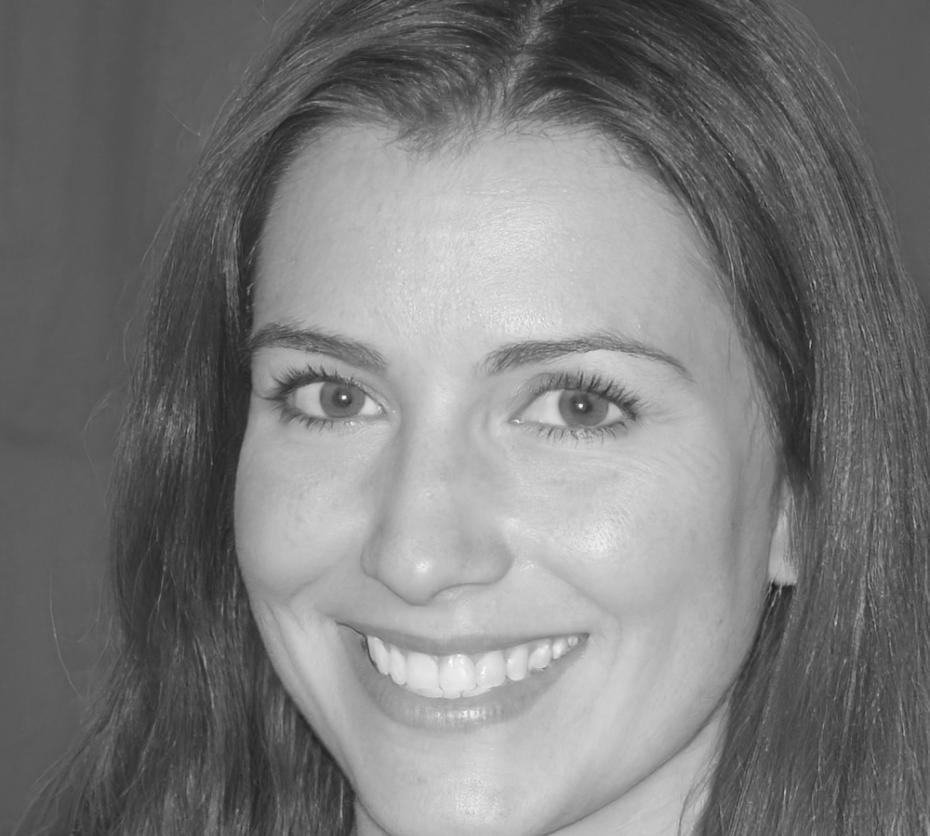Real Budget Challenges, Real Solutions
Our students tackle actual surplus management scenarios drawn from Australian household and business finances. Each project connects theory to the messy reality of deciding what to do when you've got money left over.
Recent Student Work
These projects came from our autumn 2025 cohort. Students worked with anonymised data from real clients who needed help deciding between debt reduction, emergency savings, and investment options.

Household Surplus Analysis
Briallen Thorvaldsen examined a family with $8,000 annual surplus, weighing mortgage offset benefits against starting an investment portfolio. Her recommendation included a hybrid approach that addressed both goals.

Small Business Cash Flow
Dacre Quillan worked through a café owner's quarterly surplus scenario. The challenge was balancing equipment upgrades, seasonal cash reserves, and owner distributions during variable income periods.

Graduate Income Planning
Isolde Merrivale analysed a recent graduate's first surplus income situation. The project explored superannuation contributions, emergency fund establishment, and HECS debt management in the first career years.
How Students Build Their Skills
We don't teach from textbooks alone. Students receive de-identified case files from actual Australian households and businesses that faced surplus management decisions in the past two years.
The data includes income patterns, existing debts, savings goals, and risk preferences. Then students develop allocation strategies that balance competing priorities.
- Work with actual Australian financial data from multiple income brackets
- Analyse real trade-offs between debt reduction and wealth building
- Present recommendations to peers and instructors for critique
- Revise strategies based on feedback from finance professionals

Elowen Underhill
Budget Analysis Instructor
Project Development Process
Each assignment builds on previous work. Students develop one major case study throughout the program rather than completing disconnected exercises.
Case Selection & Data Review
Students choose from available case files that match their interest areas. They spend the first two weeks just understanding the client's situation, income sources, and current financial position without making recommendations.
Strategy Development
Working in small groups, students develop initial allocation strategies. They calculate different scenarios, research relevant investment options, and identify potential risks in their approach before presenting preliminary findings.
Peer Review & Revision
Other students challenge assumptions and identify gaps in the analysis. This often leads to substantial revisions as teams discover factors they initially overlooked or recommendations that don't fit the client's actual situation.
Final Presentation
Students present their complete recommendation to instructors who role-play as the client. They must explain their reasoning in plain language and defend their choices against alternative approaches suggested during the session.
Join Our Next Cohort
We run two intakes each year, with projects starting in March and September. The program runs for sixteen weeks with a combination of evening sessions and weekend workshops to accommodate working students.
Students come from various backgrounds. Some work in finance already and want structured case study experience. Others are career changers who need practical skills to support their transition into financial advisory roles.
Our next intake begins September 2025 with registration opening in June. We accept twenty students per cohort to maintain quality feedback and peer interaction.